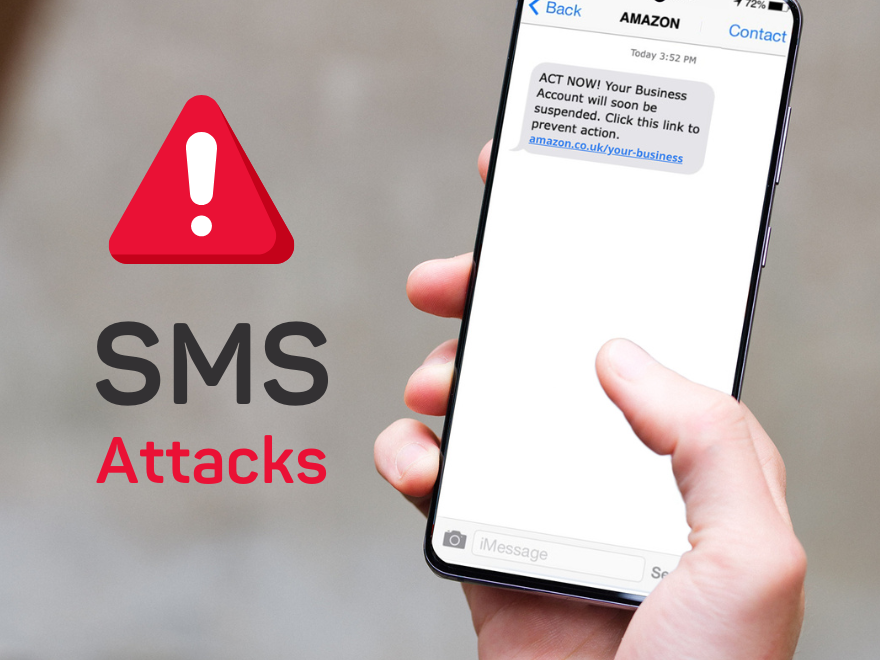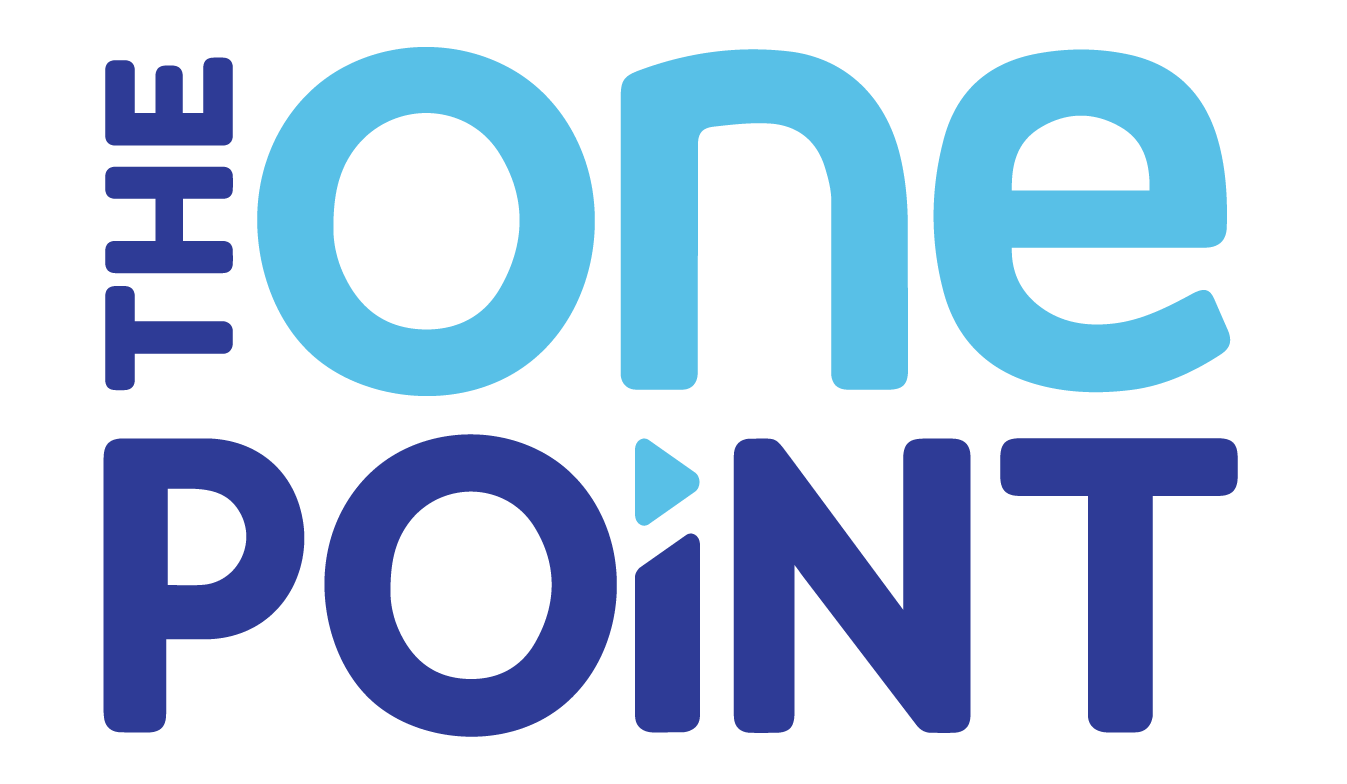
Don’t be fooled by smishing: Protect yourself from SMS scammers
- Scammers are taking advantage of personal feel of text message alerts offered by companies, products, and services to deliver malicious links to their victims phones.
- Clicking on Smishing links can install malware that can steal your identity or hold your files for ransom.
- Scammers may also persuade you to call a phone number and provide personal information or make a payment.
- Legitimate businesses will never request sensitive information over a text message.
- Contact the company directly to verify any suspicious text messages.

With the prevalence of smartphones and the convenience of text messaging, it’s no surprise that scammers are using this channel to trap unsuspecting individuals and it is becoming increasingly common to fall victim to this tactic.
SMS (Text Messaging) in particular has a personal feel and easily can trick users into a false sense of security.
The problem in fact is becoming so wide spread that cyber experts are warning to ‘Think before you tap’!
Learn how to protect yourself from Smishing scams by reading on.
What is Smishing?
Smishing is a type of phishing scam conducted over text messages. Scammers send messages that appear to be legitimate communications from businesses, products, or services.
The messages prompt individuals to click on links or input personal information. Smishing messages can also include a phone number to call, where the scammers may request payments or ask for sensitive information.
Hallmarks of a Smishing Scam
Signs you’re dealing with a Smishing Scam. What to look out for:

1. Unsolicited text messages or emails, often containing links or phone numbers.
2. Requests to call a number or click on a link.
3. Promises of free merchandise, gift cards, or money if you give personal information over the phone.
4. Requests for bank account details or other confidential information by email and text message.
5. Asking for your credit card number in order to claim a prize, discount, or refund that you weren’t expecting.
6. Messages from unknown senders claiming to be from your bank, government agencies, or other trusted institutions asking for personal information such as passwords and PINs.
7. Urgent requests for action that create a sense of panic, such as threatening legal action if you don’t respond quickly with confidential information like Social Security numbers and bank account details.
8. Fake offers of help regarding an issue or product/service you have not used or registered for (e.g., “We noticed your computer has been acting up recently; please click this link to get it fixed”).
Phishing vs Vishing vs Smishing
The terminology might be different but it is all essentially the same thing. A scammer trying to find a way to access the personal information of you or your business. The platform might be different but the
Phishing – Is the well known email scam contining a maliciouse link
Vishing – Takes the origional phishing scam and brazenly sees the scammer engage in real conversation with the victim obtaining sensitive information during a chat over the phone.
Smishing – Is the SMS version of tricking people of placing a link to a mlaciouse link or phone number
This kind of attack is not limited to these channels and can come over social media, an app, o even an in person conversation or some other inventive way scammers to obtain trust from their victims.
So the key really is always be on alert and never give away your own or your businesses sensitive data if you are not certain whom you are dealing with. And always verify the identiy of the person you are dealing with no matter how certain you feel about them when they are requesting sensitive details.
How Does Smishing Work?
Smishing works by tricking individuals into thinking the message is from a reputable source. The message may appear to be from a bank, credit card company, or online retailer.
The message may also claim that there is suspicious activity on your account or offer a special promotion. Once you click on the link, it can install malware on your device, enabling scammers to steal personal information or hold your files ransom.
How to Protect Yourself from Smishing
The good news is that you can take measures to protect yourself from Smishing. Firstly, think before you tap. Do not click on links or input personal information without verifying the source.
Legitimate businesses will not request personal information over text messages. Secondly, be cautious of messages that claim to offer urgent promotions or threaten legal action. Scammers use urgency to pressure individuals into acting without thinking.
If you receive a suspicious message, contact the company directly to verify the message.
Do not call the phone number listed in the message as it may be fake. Go to the company’s official website or contact their customer service via a verified phone number. Additionally, keep your device updated and protected with anti-virus software.
Conclusion:
In conclusion, Smishing scams are increasingly common, and it’s important to take steps to protect yourself. Think before you tap, and be cautious of messages that request personal information or prompt urgent action. Always verify the source of the message before taking any action. By taking these measures, you can reduce your risk of falling victim to Smishing scams. Stay vigilant and stay safe.
